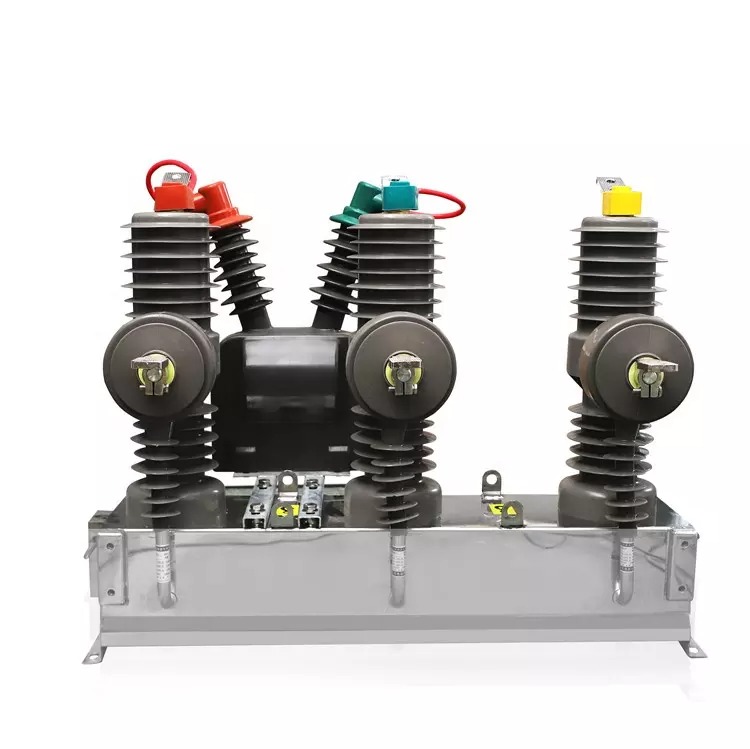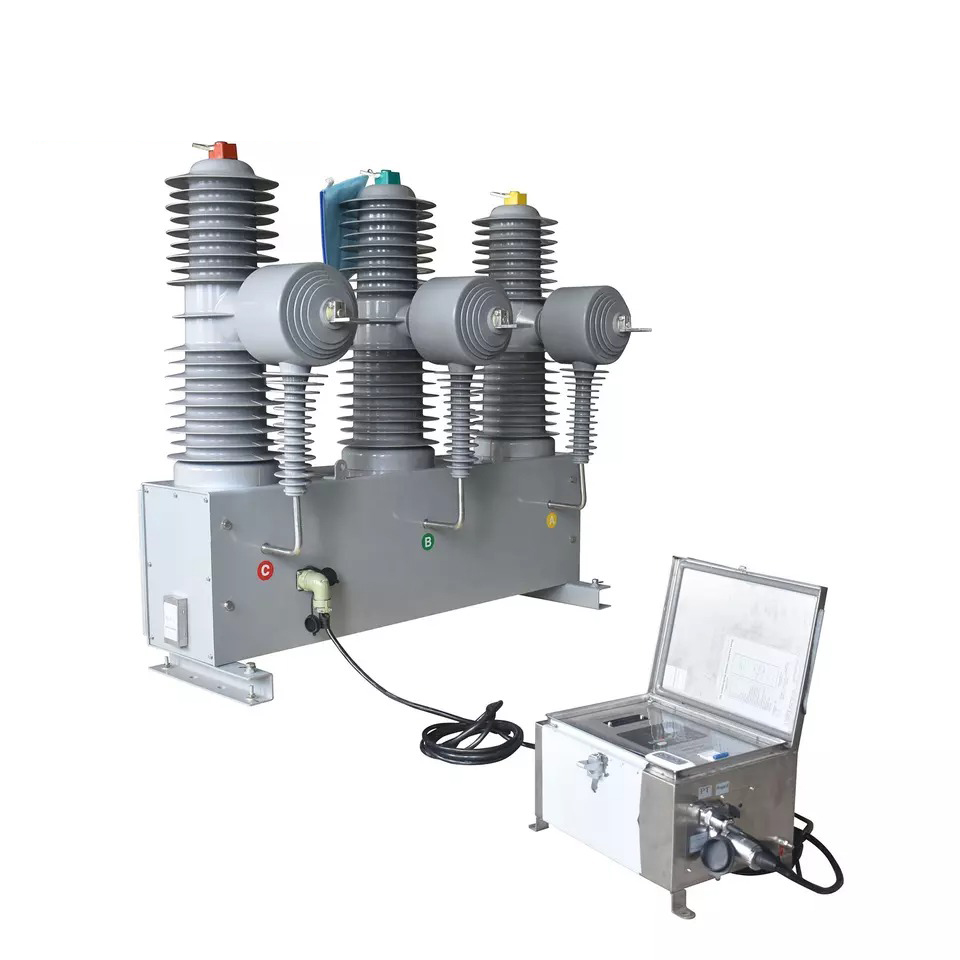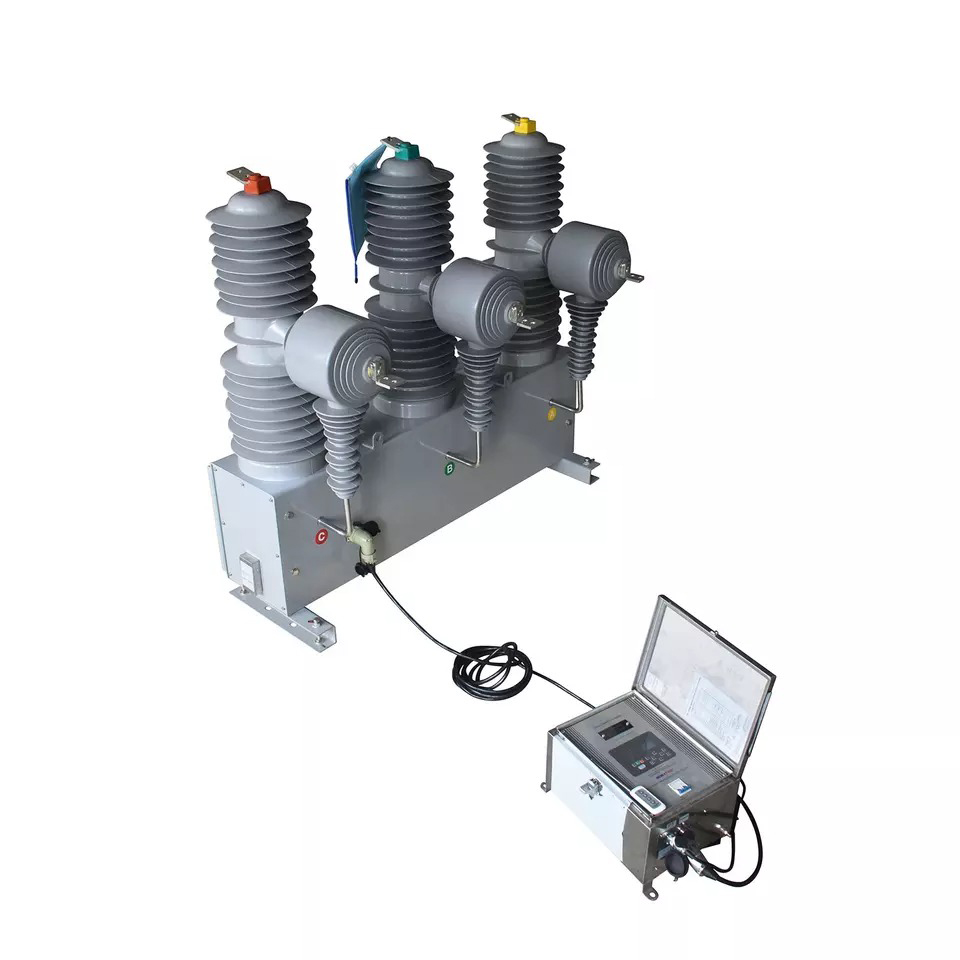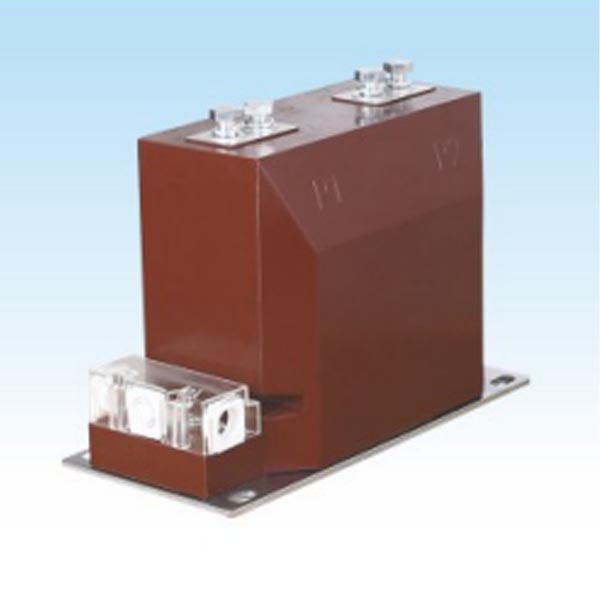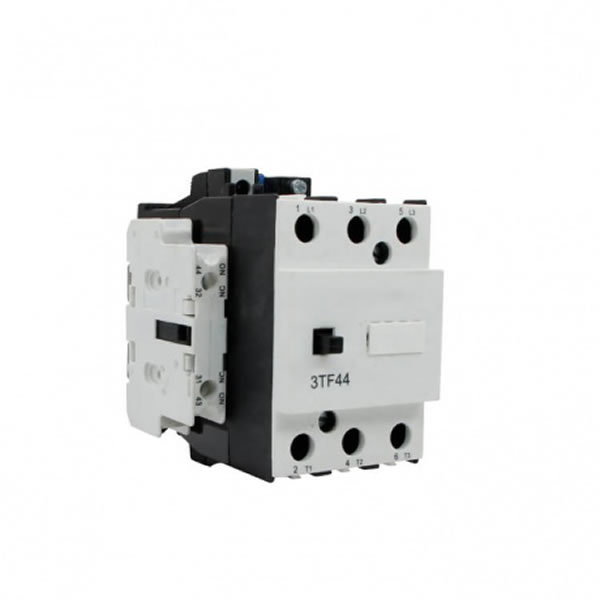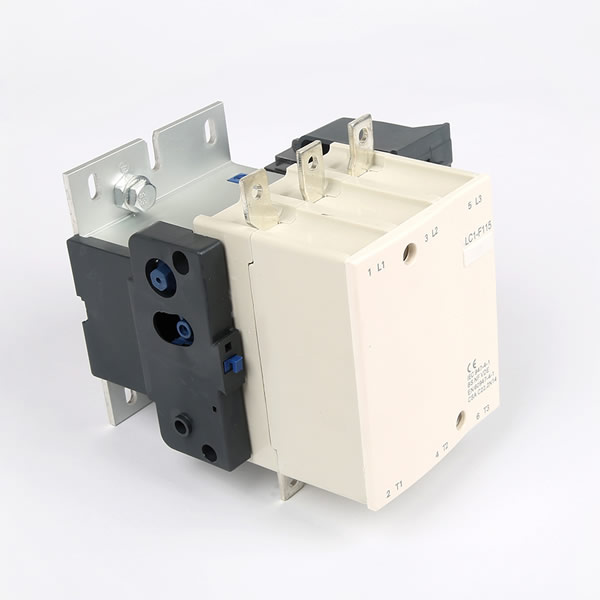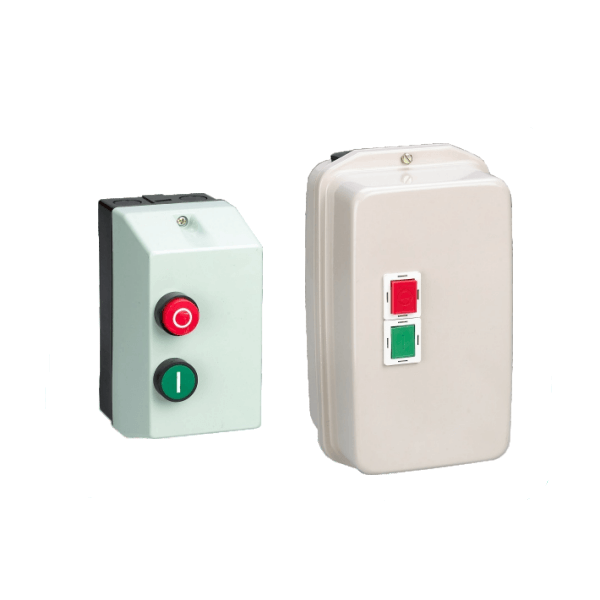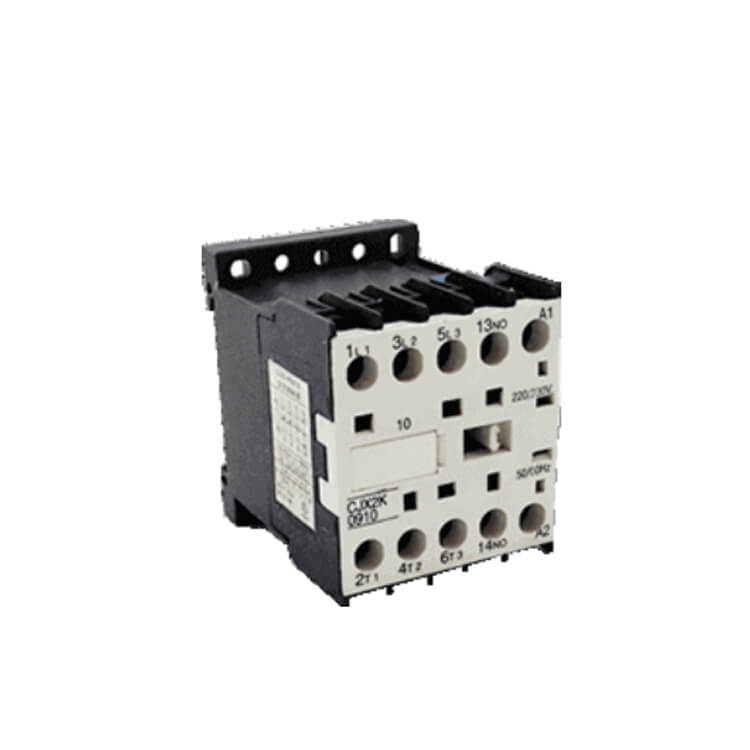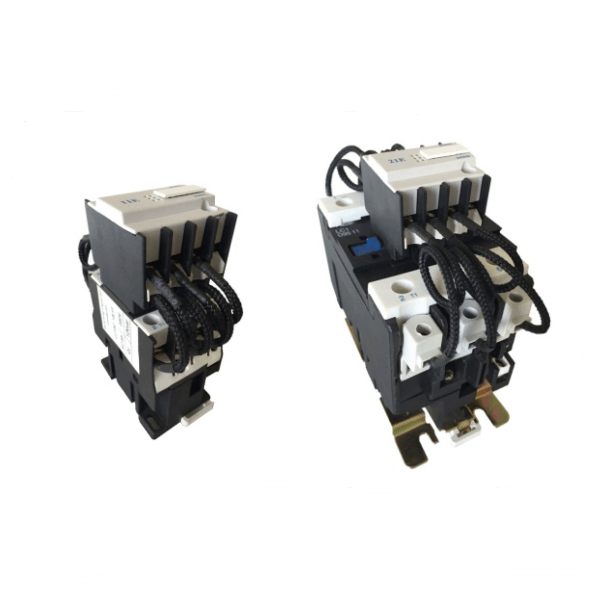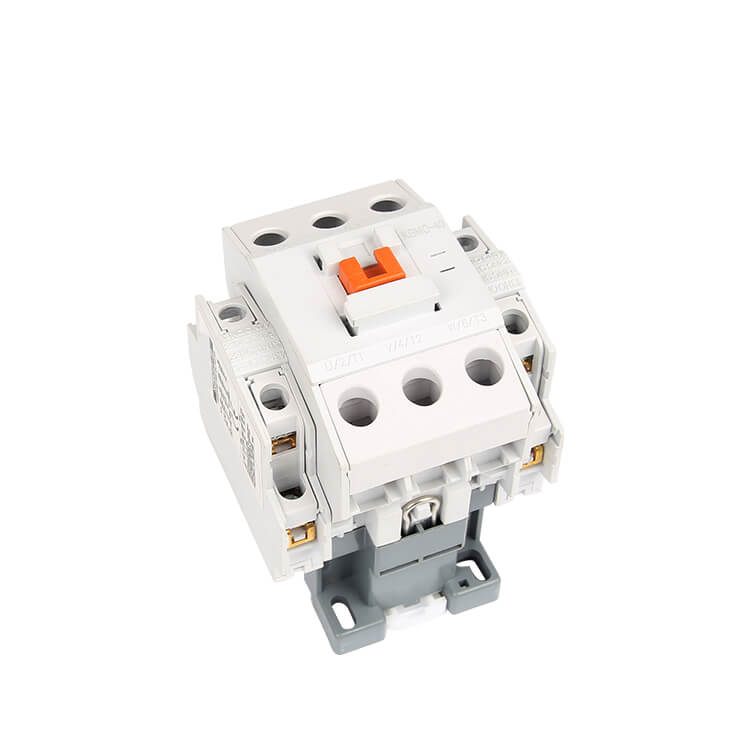Summary of installation precautions of small power distribution box
Water and electricity renovation and maintenance technicality Today, when we decorate our new houses and carry out water and electricity renovation, we need to consider a difficult problem, that is, how to arrange pipeline pipes to each power consumption location point by the distribution box, that is, how to arrange power circuits. In fact, there are many kinds of ways here, and there are two most common ways: the first is the two-point one line routing standard, and the second is the horizontal leveling standard.
Way of routing from distribution box to each power consumption machine
The first step is to lay the conduits through the lower hole of the power switch in the distribution box, and lay the conduits along the wall toward the cast-in-place slab or toward the pavement. At this time, the wall must be grooved. The deep layer of the slot is about two centimeters up and down, and the total width of the slot is five centimeters more on each side of the conduit.
The second step is to arrange conduits along the road or cast-in-situ slab to the electricity consumption positioning points. In the case of laying conduits on the road, generally speaking, it is not necessary to slot, but immediately arrange them on the road. Because the tiles are to be laid in the middle and later stages, they can be completely covered. In the case of laying conduits along the cast-in-place slab, the conduits shall be immediately laid along the cast-in-place slab. The ceiling must be decorated after such arrangement. If the ceiling is not decorated, the conduits shall be laid along the road.
The third step is to lay the conduit upward along the wall or outward along the cast-in-place slab. Then the line pipes arranged on the upper side will be arranged upward when they reach the wall, or the line pipes of the cast-in-place slab will be arranged downward. At this time, it can always be arranged to the power switch or the cassette of the power socket. At this time, the wall is grooved the same way.
Simple and detailed introduction to the total number of conduits arranged at the power consumption locating points of household power distribution equipment
The first step is to divide the power consumption circuit in the home. For example, the most common way of circuit zoning is as follows: one circuit for lighting lamps, one circuit for general power sockets, one circuit for wall mounted air conditioners, one circuit for cabinet mounted air conditioners, one circuit for restaurants and kitchens, and one circuit for bathrooms. In that way, most of them are eight circuits up and down.
The second step is to lay out the conduits and propose to set out in advance. Each circuit must be an independent conduit, in other words, eight conduits shall be arranged from the lower hole of the distribution box. The same is true for other circuit zoning. In addition, in each circuit, except for the lighting circuit, there are three cables that should be threaded, namely, a live zero line, a zero line and a ground wire.
Analysis of the Layout Standard of Family Circuit Conduit
The first kind of home route pipe layout standard is the horizontal pipe layout standard used by many decoration companies. This kind of pipeline layout looks very beautiful, generous and neat, and the wiring conduits are very regular. This kind of method has a big advantage, that is, the route is planned ahead of time, which can prevent damage to the conduits laid under the road or inside the wall under the condition of indoor decoration.
The second type of home circuit is the "two points and one line". The layout of two points and one line is relatively simple, that is, the distribution box immediately runs parallel lines, and the conduits are arranged at the location where everyone must use electricity.
Comparison between horizontal routing mode and two-point one line routing mode
The advantage of horizontal route layout is that it is beautiful and generous, and it can prevent damage to the line pipe in the middle and later stages. The defect is also very obvious: the first point is that it is very difficult to install and replace lines later, because there are many blind spots. The second point is that the cost will be much higher.
The advantage of two-point and 1-wire routing is that it saves a lot of costs, and it is very convenient to replace cables later. The defect is that it is not good-looking. It does not have a very good maintenance effect for the holes in the wall of the road in the later interior decoration.
Conclusion
Detailed analysis has been made on how to route the wiring from the distribution box to the equipment at each power consumption point. Personally, I think it is to divide the circuit first, and then arrange the pipeline. I hope my answer can help you! If you have different opinions or suggestions, you are also welcome to share them for our common exchange, discussion and study. Thank you!
